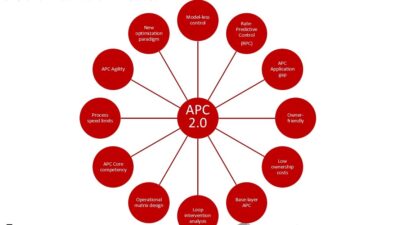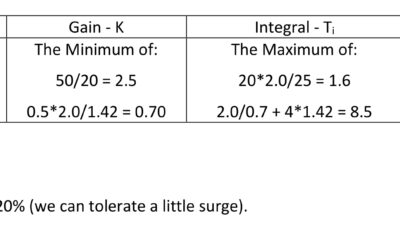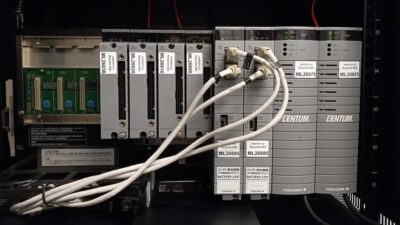When I think of Opto 22 in Temecula, California, I think of input/output (I/O) modules that are "guaranteed for life." The company has a long history of providing devices that can interface a computer to virtually any kind of sensor or actuator. However, there's more to Opto 22 than just I/O hardware.
When I think of Opto 22 in Temecula, California, I think of input/output (I/O) modules that are “guaranteed for life.” The company has a long history of providing devices that can interface a computer to virtually any kind of sensor or actuator. However, there’s more to Opto 22 than just I/O hardware. The company’s engineers have spent the last ten years developing everything else needed for a closed-loop control system—standalone controllers, communications networks, human-machine interface (HMI) software, and programming tools.
The software required to make all these components work together was released June 1998 as a packaged set called FactoryFloor. FactoryFloor includes OptoControl for developing and running real-time control programs, OptoDisplay for exchanging data with the operators, OptoConnect for exchanging data with other databases, and OptoServer for supplying data to any other OPC- or DDE-compliant application.
The heart of the FactoryFloor system is OptoControl, a graphical programming environment based on traditional flowcharts. Users create control programs by placing decision and action blocks on a diagram that represents the steps to be executed by the controller. The sequence of operations is then specified by connecting the blocks in the required order. OptoControl compiles the finished flowchart into an executable program that can be downloaded to a controller and run in real time. All data handled by the control program are automatically made available for display on operators’ terminals through OptoDisplay.
So what?
Flowchart programming and integrated HMI software aren’t new. Data transmission functions provided by OptoServer and OptoConnect aren’t all that unique either. What is different about this particular software suite is the price—$349, for OptoControl, OptoDisplay, OptoConnect, and OptoServer. Additional licenses for any component of FactoryFloor are available for $99 each. Compared to the cost of the controller, the I/O hardware, and labor, FactoryFloor is practically free.
That’s not to say that you get only what you pay for. I tried OptoControl and found I could generate some fairly sophisticated control strategies with action blocks that included PID loops, mathematical calculations, serial communications, and text messaging. The decision blocks allowed me to create sequential and conditional operations that would be useful for batch and discrete applications.
The subroutine facility was useful for creating reusable code, though I would have liked to have had the option of programming my subroutines with a standard language like C++ rather than OptoControl’s own “plain English” command language. I also appreciated the animated debugger and the documentation feature that allows comments to be placed right on the flowchart rather than inside the blocks. OptoControl runs on a Microsoft Windows 95 or NT platform with at least 16 or 32 Mbytes of RAM, respectively. At least 15 Mbytes of available disk space and a VGA monitor or better are also required.
The control programs OptoControl creates can be run under Windows NT or on one of Opto 22’s standalone controllers that plug into an I/O rack. Control programs can also be run in a remote telemetry unit or an ISA-based controller resident in a PC. No programming changes are required to swap a control program from one platform to another. Control programs can be run together on a central controller or distributed to several controllers that run in parallel at the I/O level. A single control program can consist of up to 31 flowcharts that also run in parallel.
For more information on FactoryFloor, visit www.controleng.com/info .
| Author Information |
| Consulting Editor, Vance J. VanDoren, Ph.D., P.E., is president of VanDoren Industries, West Lafayette, Ind. |



